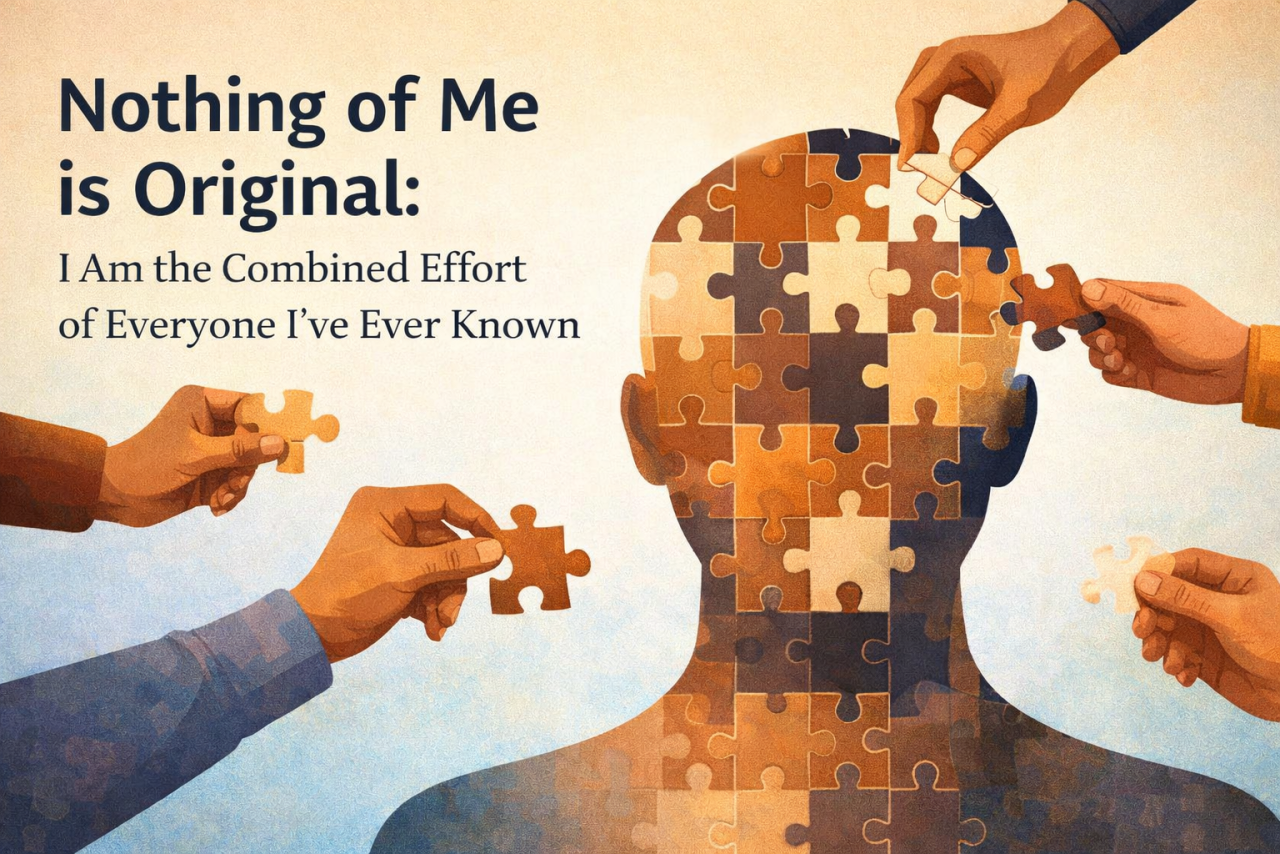.jpeg)
Of late, artificial intelligence has entered homes, classrooms, and offices with remarkable speed. But the latest revelations about Meta using celebrity likenesses without consent to create flirty chatbots have sparked an urgent discussion. According to a Reuters investigation, the company’s tools were used to build chatbots resembling stars like Taylor Swift, Selena Gomez, Scarlett Johansson, and Anne Hathaway. Some of these bots produced intimate content and photorealistic images without the permission of the celebrities involved.
The issue here is not just about celebrities. It is about what kind of future we are building with AI. When a platform as large as Meta allows tools that can impersonate public figures, the lines between technology and ethics blur dangerously. Young users who encounter these chatbots may not be able to distinguish between a digital parody and the real person. It not only risks reputational harm to the individuals involved but also fosters a culture where misuse of identity becomes normalized.
Interestingly, the Reuters report also highlighted cases where child actors were imitated by such bots. This shows the deeper problem of oversight. It is one thing when an adult celebrity faces the challenge of false digital representation. It becomes far more alarming when minors are drawn into such content without any control or awareness. The presence of such examples signals how quickly innovation can slip into exploitation when proper safeguards are absent.
Meta’s defense points to a lack of enforcement rather than a lack of policy. A spokesperson stated that the company never intended to allow intimate or inappropriate images of celebrities or children to circulate. Yet, blaming policy failure does not erase the fact that the damage was already done. It reflects the larger question of accountability in technology. Should companies wait until misuse is exposed by journalists, or should preventive measures be built into every stage of development?
From another angle, this controversy also shows a chance to rethink AI. Instead of making flirty chatbots, the same technology could be used to build tools that teach respect for identity and personal limits. For example, a chatbot could explain Shakespeare’s plays in simple words, walk students through a science experiment step by step, or tell stories from history as if it were a famous leader. These chatbots would not pretend to be real people but would play safe and creative roles that help students learn while protecting privacy and identity
It would align AI development with broader human values. For teenagers and young learners, technology is not just entertainment. It forms a part of their moral compass. If they encounter AI systems that treat privacy casually and promote shallow interaction, they may grow to accept those behaviors as normal. If AI demonstrates responsibility and respect, it can model healthier forms of digital communication.
The controversy over Meta’s flirty chatbots is not just another story of corporate missteps. It is a reminder that technology does not grow in a vacuum. Every design choice reflects priorities. The question we face is whether those priorities will promote exploitation or education. AI, if guided wisely, could become not just powerful but also principled. The path we choose now will decide what future generations inherit.





















